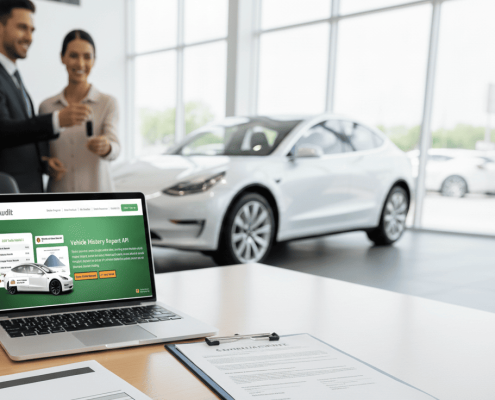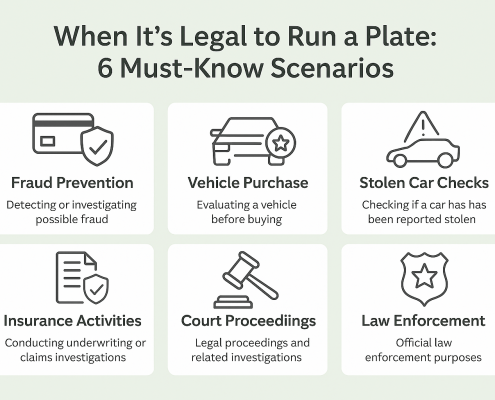
What Dealers Need to Know About Oregon SB840
Oregon’s SB840 moves title-history checks into the sales process. This plain explainer shows what dealers must do, how NMVTIS fits in, practical workflow steps, and how Oregon compares with California’s rules.

How Vehicle Depreciation Data Can Save You Thousands
Smart buyers use vehicle depreciation data to avoid costly cars and choose models with better long-term value. Here’s how to make it work for you.

How Automotive Data APIs Are
Transforming the Auto Industry
Real-time automotive data APIs are helping dealerships, marketplaces, and B2B platforms build smarter tools with up-to-date insights and seamless integration.
Transforming the Auto Industry

How Car Dealers Use Market Data to Improve Sales & Inventory
Discover how car dealerships use real-time automotive sales data to make smarter decisions on pricing, inventory, and marketing—boosting both profitability and customer satisfaction.
 https://www.vinaudit.com/wp-content/uploads/2025/06/used-cars-vs-new-cars-automotive-data-e1748996773973.png
675
1013
vinaudit
https://www.vinaudit.com/wp-content/uploads/2024/03/vinaudit-logo-1-300x74.png
vinaudit2025-06-04 01:44:292025-08-04 19:19:42Used Car vs. New Car Trends:
https://www.vinaudit.com/wp-content/uploads/2025/06/used-cars-vs-new-cars-automotive-data-e1748996773973.png
675
1013
vinaudit
https://www.vinaudit.com/wp-content/uploads/2024/03/vinaudit-logo-1-300x74.png
vinaudit2025-06-04 01:44:292025-08-04 19:19:42Used Car vs. New Car Trends: What Automotive Market Data Reveals

When Can You Legally Run a License Plate Search?
Can you legally look up a license plate? This guide explains what U.S. law says, how the DPPA restricts access, and when a license plate search is permitted under valid circumstances.
